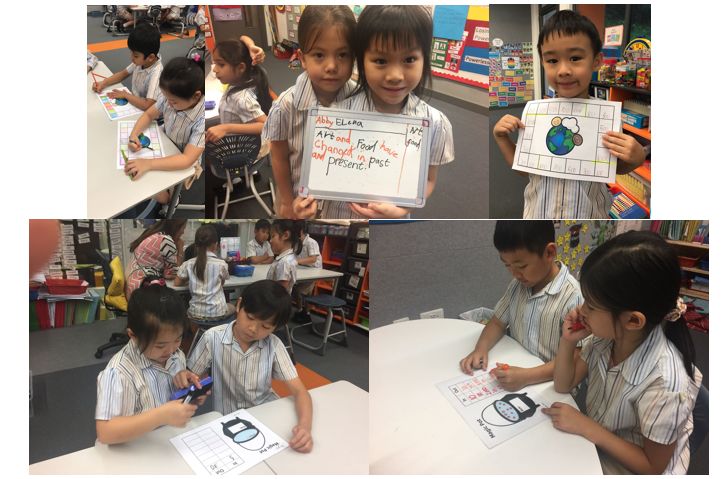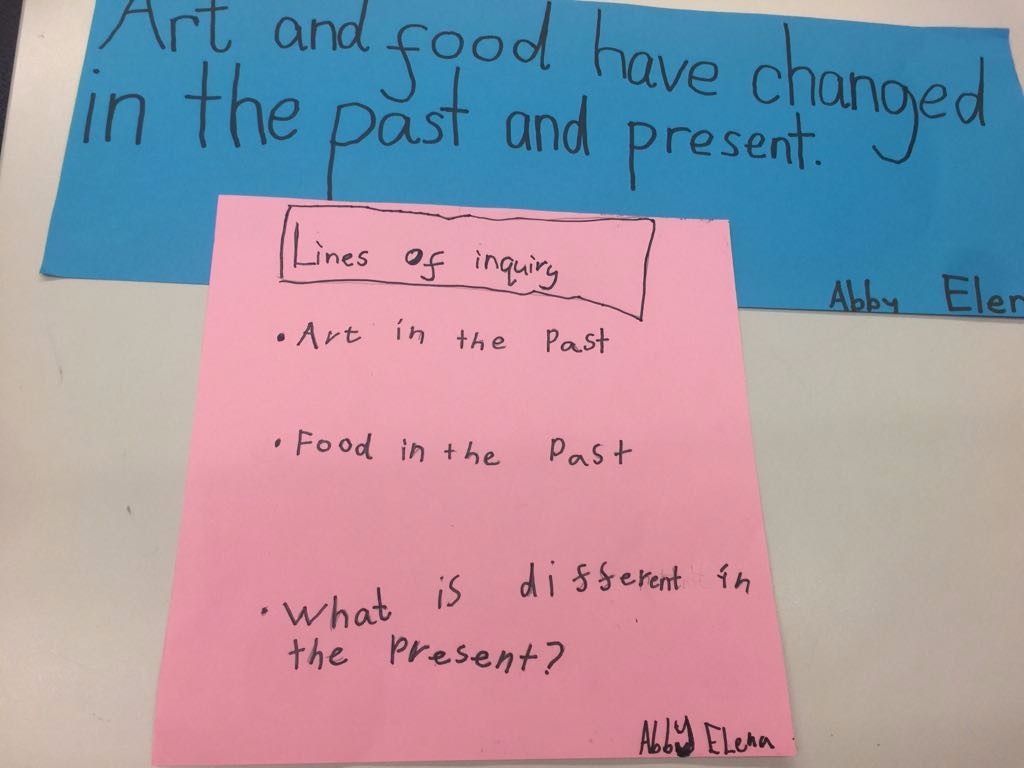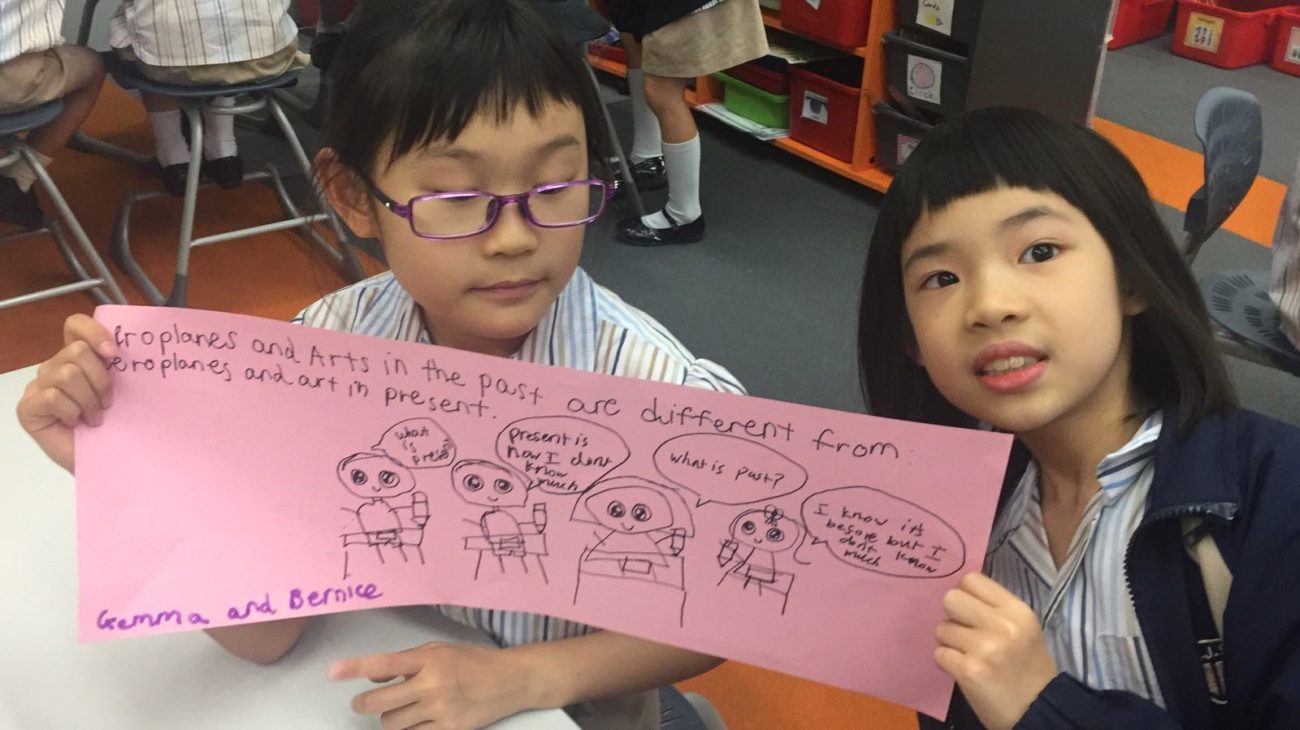Yr2 Weekly Update – 05/26/17
Where we are in place and time
Knowledge of family history helps us understand the connection between past and present
Unit of Inquiry
This week we are mostly being focussed on the following three questions:
- How do people collect evidence of their personal history?
- Why do people collect evidence of their personal history?
- What do people collect as evidence of their personal history?
One of the way that we looked into this was to try and think about what our own interests are and then create a central idea and lines of inquiry which would help us to find out more.
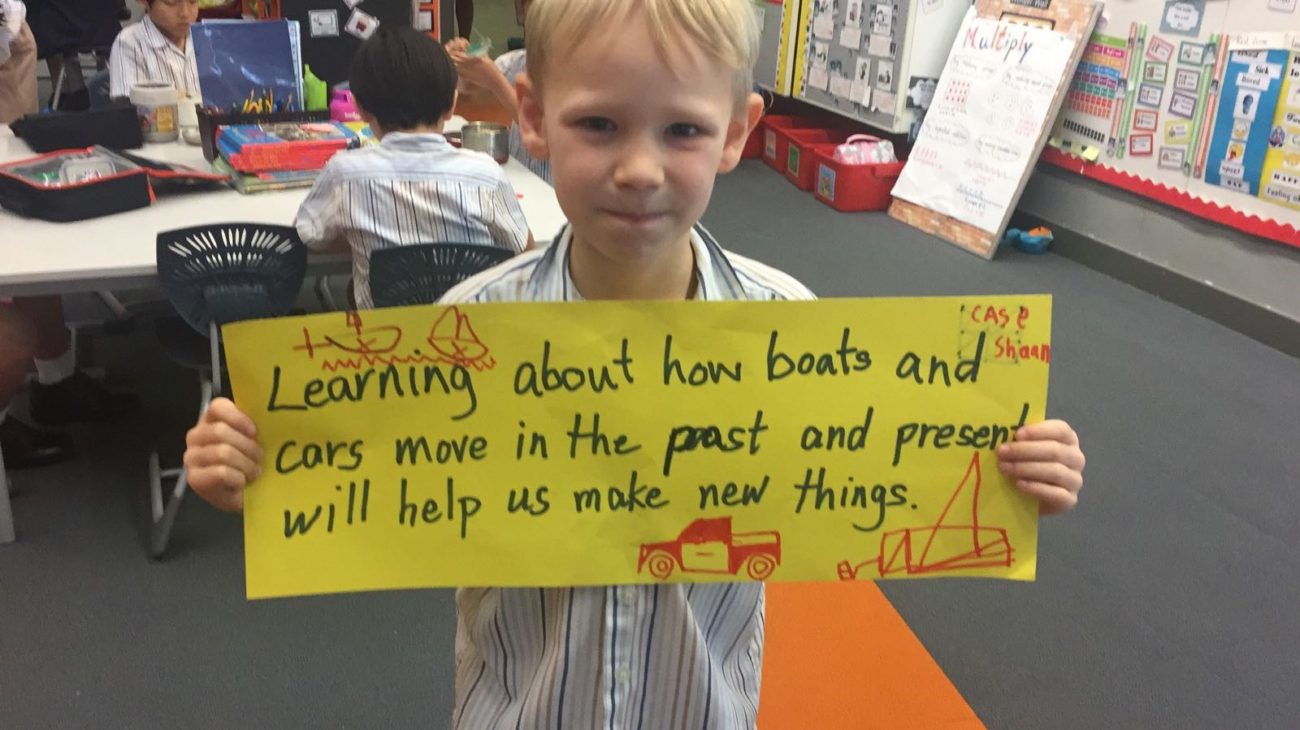
Literacy
Retelling stories is a big focus for us at the moment. Folk tales, stories of myth and legend, all of these are forms of historical record, so we are trying to find out what the similarities and differences are between these kinds of stories, and can we become expert at finding the real history hidden in amongst the story?
One story we have been studying is that of the Willow Pattern.
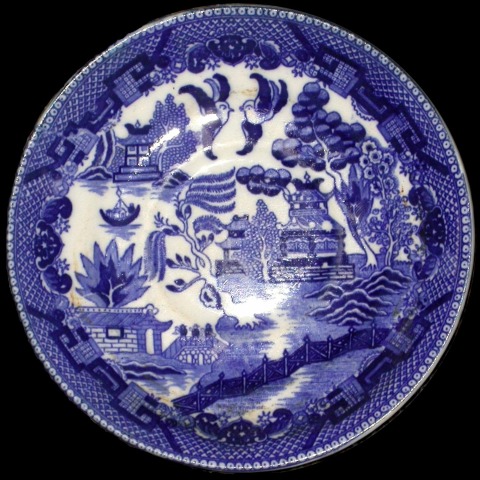
Telling the story of a young couple from China, long ago, it describes how the girl was imprisoned in a tower by her father and her boyfriend, an accountant working for her father, banished. Of course he returns in time to rescue her and save her from having to marry an old, rich general. They run away together, passing a willow tree as they flee. They escape to an island hide-away where they try to live their life but the general’s agents find them and burn their cottage down. Luckily the love between the two is so great that it allows them to transform into two blue doves and fly away to the Western Heavens!
Whilst a lot of this story seems to be fantasy, it does give us clues on the past. Interestingly it seem girls were sometimes not allowed to choose who they married but were forced into marriages against their will. Also, even thousands of years ago accountancy was a profession.
Another interesting aspect to this story is the famous Willow Pattern plates that exist in many formats. These record the story pictorially, using only imagery. This helped us to realise that pictures are a great way of recording history.
Mathematics
Rounding to the nearest ten and spotting patterns were the order of the day (that is a maths joke) for Year 2 this past week.
We have been using number lines to actually see which multiple of ten is nearest to a number, so that we can understand what the expression “rounding to the nearest ten” actually means.
In 2P we have created a really fun game called Up or Down?. To play up or down you need some counters and some special dice and some counters.
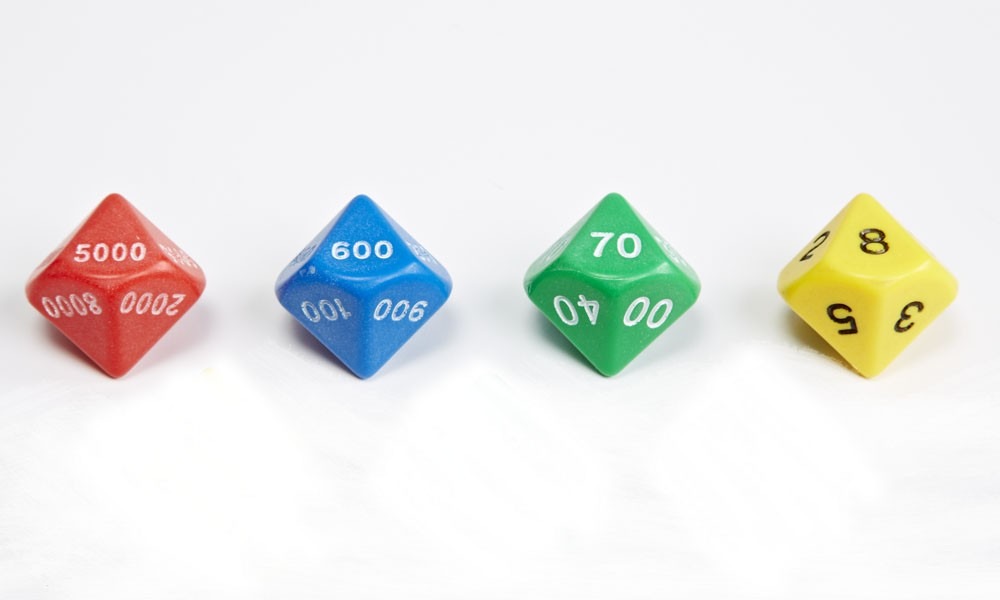
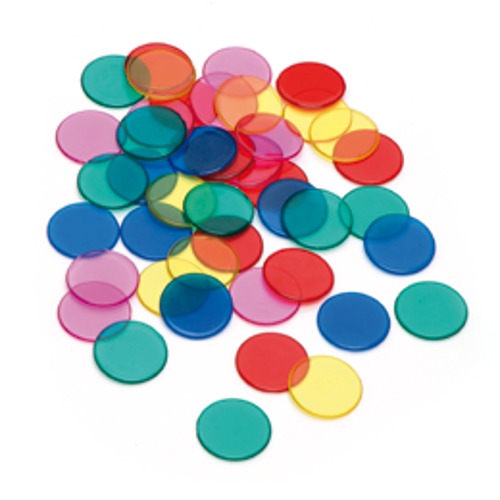
How to play
- Select the dice numbered 0-9 and 00-90.
- Decide whether you think you will roll a number which rounds up to the nearest 10 or down to the nearest ten.
- Use a counter to represent your choice, you might want to split a piece of scrap paper into an “Up” side and a “Down” side.
- Roll the two dice and see what result you get, for example:
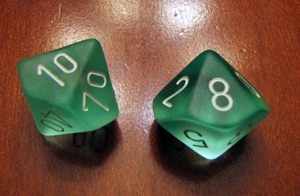
This result indicates 10 and 8, giving a total of 18, which rounds UP to the nearest 10, in this case 20.
5. If you guessed correctly then you get your counter back and can add another as a reward.
6. If you guessed incorrectly then you lose your counter.
7. See how many counters you can collect!
Of course we have been up to many other things this week, so here are some more images just to let you share the love of learning in Year 2!
